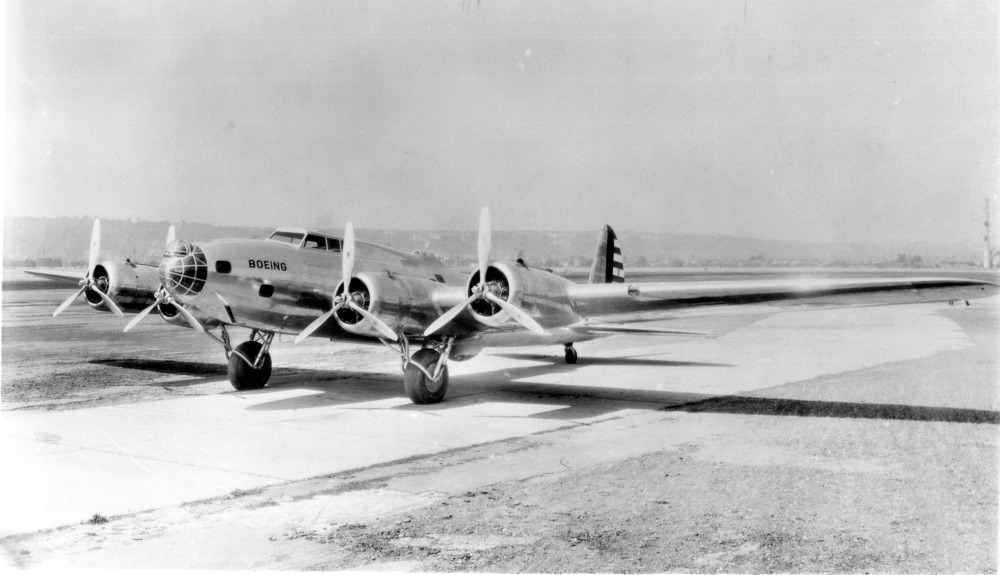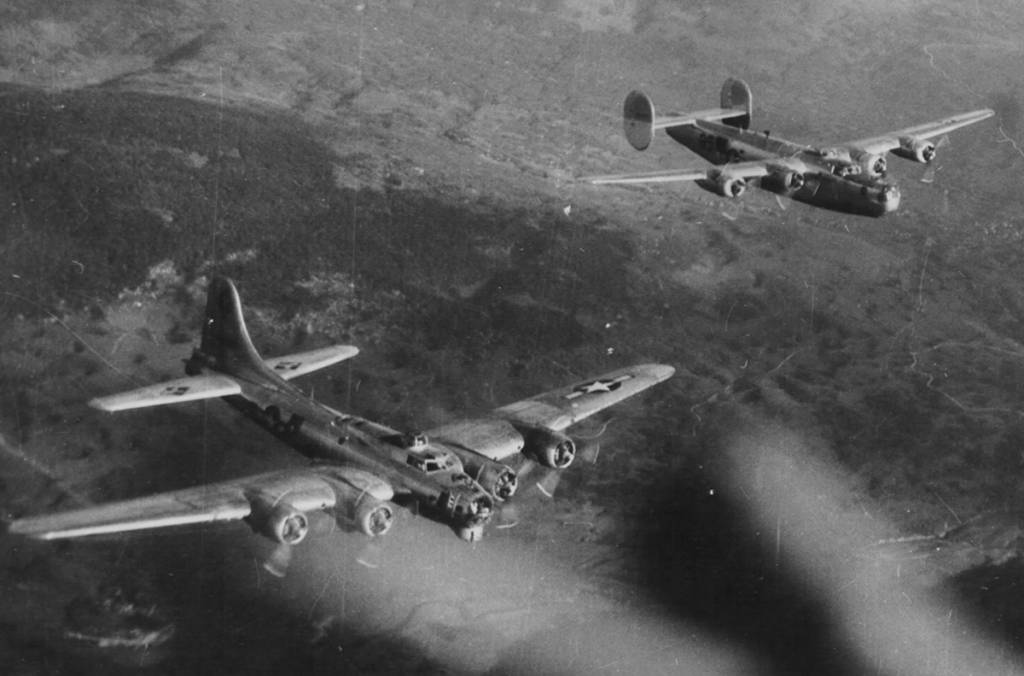Boeing had no idea that when they created the Boeing B-17 Flying Fortress, their creation would become the benchmark for high-altitude bombing
For the majority of warbird enthusiasts, a B-17 Flying Fortress is unrivaled. The Fort epitomizes what a heavy aircraft should look like, according to Brent William Perkins in his book Memphis Belle: Life of a B-17 Flying Fortress, with the traditional lines of the early military. The B-17 stands out from competing designs thanks to its broad wings, large sweeping tail, angled windshield, and distinctive nosepiece.
A B-17 appears to be a warrior only by sitting still, while yet displaying the elegant curves of a Hollywood star. With its large and deep wings, it finds its place in the air, bristling with heavy machine guns in all directions and sitting tail low as if ready to take off. The bomber was created under the Boeing idea known as the model 299 and was given the nickname “The Flying Fortress” by Richard Williams, a reporter for the Seattle Times. A flyable prototype has to be completed in less than a year as of April 1934.
Military strategists were looking to airpower to assure complete victory since the war was bound to break out. At the time, the US arsenal lacked a bomber that could handle the demands that aerial warfare would place on it. The US Army Air Corps (the USAF was not founded until 1947) had more demanding requirements for combat survival, range, and precision weapon delivery than the aircraft in the stocks at the time could accommodate. A call was made. Create a bomber that can sustain 7,000 feet with the designed usable load and one engine out for ten hours at 25,000 feet while climbing to 10,000 feet in five minutes.

It was done by Boeing. On July 17, 1935, 299 rolled out of the factory after just spending $275,000. Little over a year after it first hit the drafting tables, the 299’s bomb bay could hold up to 4,800 pounds of armaments. They had no idea that the aircraft they had created would set the bar for high-altitude bombing well into the next century.
After only 14 hours and 5 minutes of test time and one month and three days since rollout, the 299 departed Seattle, Washington, for Wright-Patterson near Dayton, Ohio. It rolled out the runway in Ohio after nine hours and three minutes. 233 mph was the average ground speed. This flight outperformed the burgeoning Douglas B-18, which was actually just a DC-2 that had been strengthened. Also, it eclipsed the much-debated Martin B-10.
The Air Corps placed an order for thirteen YB-17s on January 17, 1937. A little more than eight years of production would pass before the plane’s completion in August 1945, when 12,731 Fortresses were produced. About 10,000 of these are thought to have really departed the country for assignments all across the world. Around 4,500 B-17s were lost in battle, mostly when flying out of the European Theatre of Operations and the unsinkable aircraft carrier known as the United Kingdom, despite the Fort’s amazing ability to endure severe battle damage. The Boeing B-17 Flying Fortress made history when the powerful Eighth Air Force unleashed the largest air armada ever from this island. During this time, the sky raged for a thousand days.
Is the B-I 7 the most advanced bomber ever created? The Consolidated B-24 Liberator and the B-17 have been at odds for many years. Was the B-24 a superior aircraft? For far too long, this question has absorbed far too many people. Compared to the B-17, the Liberator could fly higher, carried more cargo, and be faster. Even though they were paired off for fighting, their functions were rather distinct. The Flying Fortress and the Liberator were never intended to be rivals; rather, they were meant to complement one another. They were both effective bombing platforms, thus the rivalry was unavoidable.
The War Department conducted a thorough search across aircraft manufacturers for the new bomber designs that were sorely needed, and the two bombers were the end result. The -17 and the -24 were the best design proposals. They merely based their ideas on what was required at the time. Think about the numbers. Up to 18,188 of the enormous twin-tailed leviathans known as B-24s were produced. By the conclusion of the war, the B-24 had undergone so many changes that it was no longer able to outperform the B-17 in terms of distance or speed.

War Wartime Impact – the capacity to enter enemy airspace, withstand threats from the enemy, carry the right bomb load, properly deliver the cargo, and return home.
Defensive Characteristics – From single-barrel machine guns through electronic countermeasures, stealth, and even speed. What bomber defends itself better than any other?
Range – Could the bomber launch, ingress, loiter, deliver, and return?
Available Bomb Load – How many different kinds of weaponry and how much weight could it carry?
Accuracy – the outcome of the bomb delivery system and the stability and predictability of the aircraft.
Survivability – Evading or withstanding enemy ground fire and aerial attack. What bomber had the lowest loss-to-sortie ratio?
The German Gotha bombers, the Heinkel 111, the B-17, B-24, Lancaster, Aichi D3A Val, the B-47 Stratojet, the B-52 Stratofortress, the FB-111, the B-58 Hustler, the B-1 Lancer, the B-2 Spirit, and more rank among the best aircraft ever created from the start of aerial bombing to the present day.
The Boeing B-17 Flying Fortress is widely considered to be the greatest bomber ever produced based on the aforementioned standards. The American military, it seems, shared those sentiments. It wasn’t until the late 1960s that the Baker 1-7 was officially retired from service.
Early in the War, there was a discussion over which plane was superior, and it is still going strong now. General James Doolittle made his careful comparisons, in which he partially claimed that performance was sacrificed to accommodate the armor and armament’s additional weight in order to enhance the B-24’s defensive capabilities. The Army Air Corp’s attempt to upgrade the Liberator included some highly odd measures, such as grafting the entire front of a B-17G to a B-24J.
Only three tests were flown by this aircraft, and the findings were utterly inappropriate. The hybrid bomber had poor longitudinal and directional stability and could only climb to an altitude of 18,000 feet. One observation in the study report noted that the installation added to the B-24J’s already excessive basic weight. But the Bombardier and Navigator reported that they favored the increased room in the forward compartment over the traditional B-24 arrangement.
Memphis Belle: Biography of a B-17 Flying Fortress is published by Schiffer Publishing and is available to order here.
Photo by Airwolfhound from Hertfordshire via Wikipedia, UK San Diego Air & Space Museum, and Senior Airman Curt Beach/U.S. Air Force

